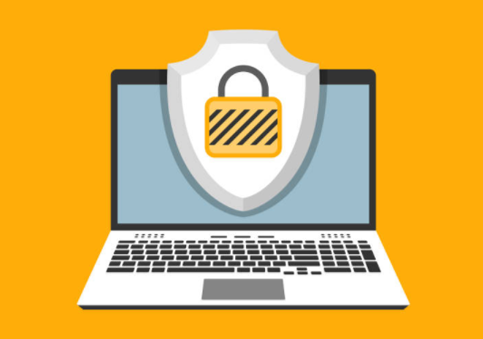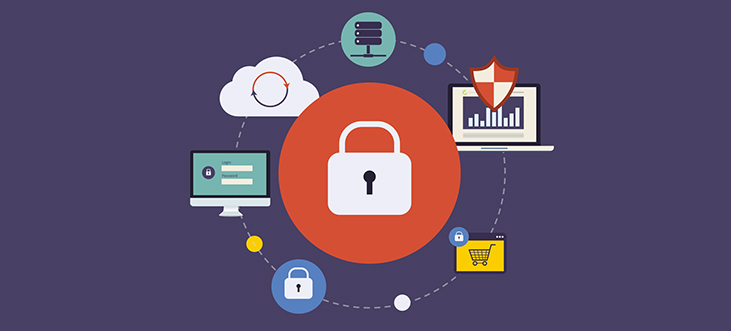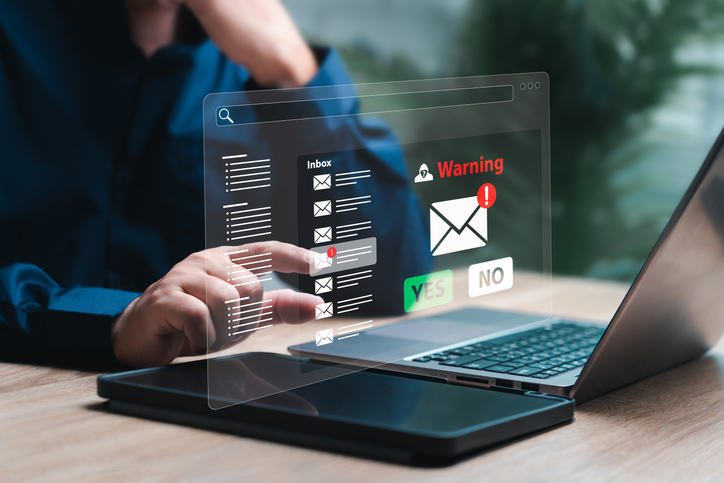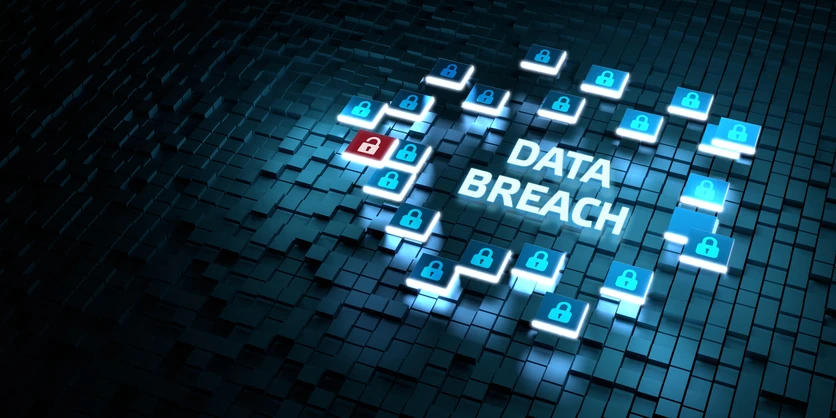What Is Ransomware And How Does It Work?
Updated on October 10, 2022, by Xcitium

The majority of the malware that trouble computer users operate in a like manner. For instance, worms, Trojans, and viruses inhabit your computer and cause a bug or corrupt all files leading to data damages. The reverse is the case with ransomware, which is another type of malware. Although the mode of spreading is similar to other malware, ransomware intent is not to damage your data.
So, what is ransomware meaning? You probably have heard of malware attacks that prevent a computer user from accessing sensitive files and requesting a ransom before normalcy is restored—this is what ransomware entails. Once this malware finds its way to your computer, it encrypts all your important files and locks you out. A unique decryption key is created, which will be given to you after paying the ransom.
How Ransomware Works
There are different stages of a Ransomware attack. It begins with the transmission/spreading to the full-blown attack. Here’s a detailed look:
Transmission/Spreading
Ransomware is not a natural occurrence. The person behind the ransomware develops the malicious codes and sends them out to launch the attacks. This is usually spread via phishing. The attackers embed the codes on emails attachment, software, social media content and websites pop-ups.
The mode of spreading ransomware is quite deceptive. They’d send emails pretending to be a company you may have had dealings with, your healthcare provider, bank, etc. This is a trick to have you open the attachment, and once you open the attachment, the malware gets into your system and finds a comfortable place to hide.
This is the first stage of a ransomware attack, though you won’t call it a ransomware attack yet. If you’re able to detect the presence of malware on your computer at this time, you can get rid of it without any thoughts of ransomware. Of course, you won’t know what the malware is programmed to do on your computer until it does it.
Installs and Encrypt Data
This the penultimate stage of a ransomware attack. At this point, the malware is fully settled on your computer, and the attacker receives the signals. Your computer is now fully compromised, and the criminal behind the ransomware can view your data. The attacker then proceeds to encrypt your data and deny you access to them.
This is the period most ransomware victims would notice an attack but not sure what it is.
Full Blown Ransomware
After denying you access to your data and perhaps your computer entirely. The attacker places a notification on your computer screen, requesting you to pay a certain amount of money with payment instructions. Some messages include a warning from the attacker—threatening to destroy your data if the payment isn’t made as requested.
At this point, you can say you’re being attacked by ransomware. It is an unknown malware attack until you’re requested to pay a ransom.
Can The Ransom Amount Be Bargained?
Ransomware doesn’t allow the victim to communicate with the attacker. You can only see the request for a payment on the screen of your computer, so the amount can’t be bargained. Perhaps the attacker may decide to reduce the amount if the payment lingers for a while.
There’re attacks where the victims refused to pay the ransom and got their data in the end. However, this method is risky if your data under attack aren’t backed up. The best thing is to avoid being a victim of a ransomware attack.
How To Prevent Ransomware
Like other malware, you can prevent ransomware via the following ways:
- Avoid opening attachment from unverified emails
- Backup your data
- Set strong passwords
- Update all your application, including operating system
- Use strong antivirus
- Avoid using public Wi-Fi
- Use Advanced Endpoint Protection
Final Thoughts
While basic cybersecurity measures, as highlighted above, can help you prevent a ransomware attack, it doesn’t work all the time. As you probably know, some sophisticated malware will trick traditional security systems. Fileless malware is a typical example of such malware. Even the most reliable antivirus may not detect them as they don’t depend on files to carry-out their attack.
Note that fileless malware isn’t entirely a different type of malware but a means of launching attacks and settling on your computer. Ransomware can also take this approach, making it quite dreadful. You should get advanced endpoint protection to protect your system from advanced malware. If you’re not sure what advanced endpoint protection is, go here to learn about Xcitium’s Advanced Endpoint Protection.












